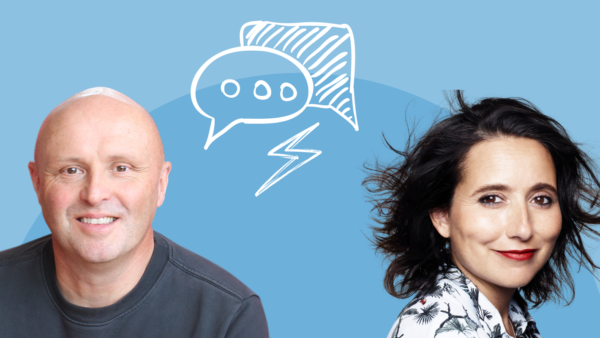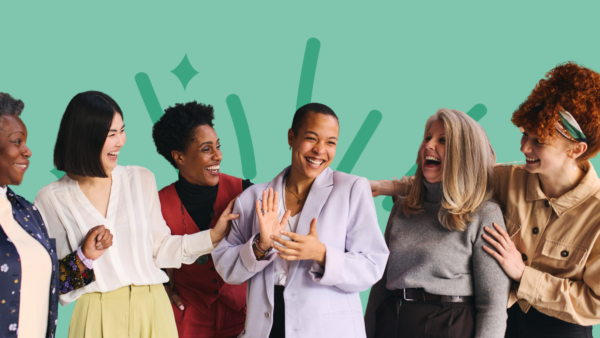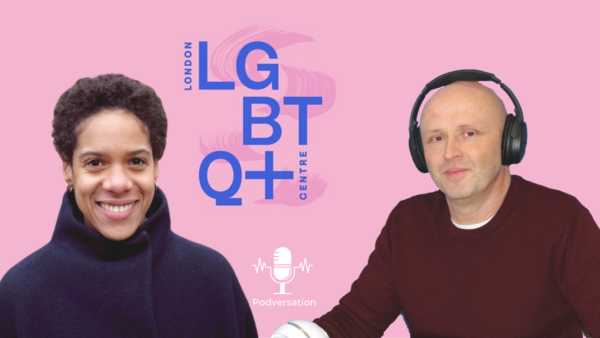Conversations about nerodiversity are everywhere…and rightly so.
These days, we are rightly hearing a lot about neurodiversity. Neurodiversity (or ND) is a super important topic for everyone in the workplace, not least for managers and for people professionals in HR, talent and learning and development teams.
Different neurodivergences need to be understood at work so that they can be accommodated, so that ND individuals can continue to feel included and valued, and ideally so that the strengths that exist within different individual neurodivergences can be identified, appreciated and ultimately benefit the workplace.
So why is the mainstream view of ND still so off the pace?
But let’s start at the beginning. A good place to do that would be to have a read of a Times article published last week on the topic of ‘time blindness’. Now my intention in sharing this article isn’t to point fingers at the journalist who wrote the piece. Instead, it’s more to highlight that this article still represents a relatively mainstream view of neurodivergence. And, in my view, it has to be challenged.
In the piece, the writer talks about ‘time blindness’ – a genuine aspect of ADHD for some ND people – but the piece questions, and then goes on to ridicule, this significant life challenge for many people. Having heard this week from a colleague whose ADHD includes ‘time blindness’ as a component, that while they have taken many practical steps to manage this aspect of their ND, having time blindness means that they have to work a lot harder to get around this. While they may have multiple systems in place to mitigate it, occasionally these systems fail. What my colleague says is that the level of effort someone with ADHD takes to be on time can be much much higher (they estimated 10 times higher) than a neuro typical person. So shouldn’t all of us be developing an awareness of key ND issues such as this?
How can strengths help us build a culture that is more nurturing and appreciative of ND?
So how can the strengths approach help here? Well, given that we all live in a world built for Neurotypical people (NT) rather than Neurodivergent people (ND), it helps to develop an appreciation for:
- What might be going on for individuals below the surface, by exploring their challenges at a unique human level and
- Gaining an understanding of how each person’s unique strengths can bring greatest benefit in their role or within their team. And the strengths approach provides a strong basis for this.
I’ve said it before and you may hear me say it again, but a group of mathematicians at a US university calculated for us that from our 24 strength Strengthscope model, the chances of getting the same Top 7 strengths in the same order as anyone else is 1 in 1.3 billion.
And that’s just the start of the unique human picture that the strengths approach paints. Because when you work with strengths, you know that hearing each person’s ‘strengths stories’, that is their account of why their Top 7 strengths are important to them, how their strengths energise them, how their strengths work together and what they might look like in combination…all these things give such a rich starting point for understanding each person in your team (as a line manager) and each person in your organisation (as an HR professional).
Creating psychological safety to enable people to explore their ND in the context of work
Crucially, that conversation or set of conversations around strengths can do two things:
- Create the feeling that individuals in an organisation are genuinely seen, understood, appreciated and valued for what makes them unique
- This can lead to a sense of psychological safety that allows people to share their vulnerabilities, which is never easy when it comes to neurodivergence. As the Times article I mentioned earlier so poignantly demonstrates, say something socially unacceptable because it’s not yet widely understood and you risk being ‘othered’ and being made to feel like an outsider.
But when you contextualise the conversation within a positive frame, you are asking people to share where they are at their best first, and only after that to ask when they may experience challenges, and how can the team, manager or organisation best support them to overcome those challenges.
Additionally, the strengths approach can help people to find inspiration for addressing their challenges by drawing on strengths that can help them, or on the strengths of others. If you are challenged by time blindness, maybe your Results focus strength can be a prompt to see each meeting or deadline as a box to be ticked as you go through the day. Maybe you can draw on your Relatonal strengths to even turn up early so that you can connect with people on a human level before the meeting starts . Or maybe you can draw on someone else’s strength of Efficiency to get their input on putting systems and checks in place to ensure that lateness is a relative rarity.
At its heart, Strengthscope and the strengths approach are about establishing what makes each individual unique, placing this first in a positive frame, as well as exploring any risk areas that might need to be fully understood, accommodated and/or addressed.
In a work context, this can be tremendously powerful for ND employees as it is an empowering experience to be seen as uniquely you, to be able to explore areas which may feel more vulnerable and to find practical strategies to be able to be your very best, and from a position of understanding of times and contexts when you may feel challenged.
Conclusion – let’s look at neurodiversity through a strengths lens as a start point for true understanding
I feel it’s our duty as people professionals, as managers, as colleagues, to consider the needs, qualities and strengths of each person we work with as comprehensively as we are able to. And that absolutely 100% includes all ND people who work for us. That way, we can help each person to be their best, at the same time without making them feel that they need to fit into an neurotypical box. Till next time, stay strong.













